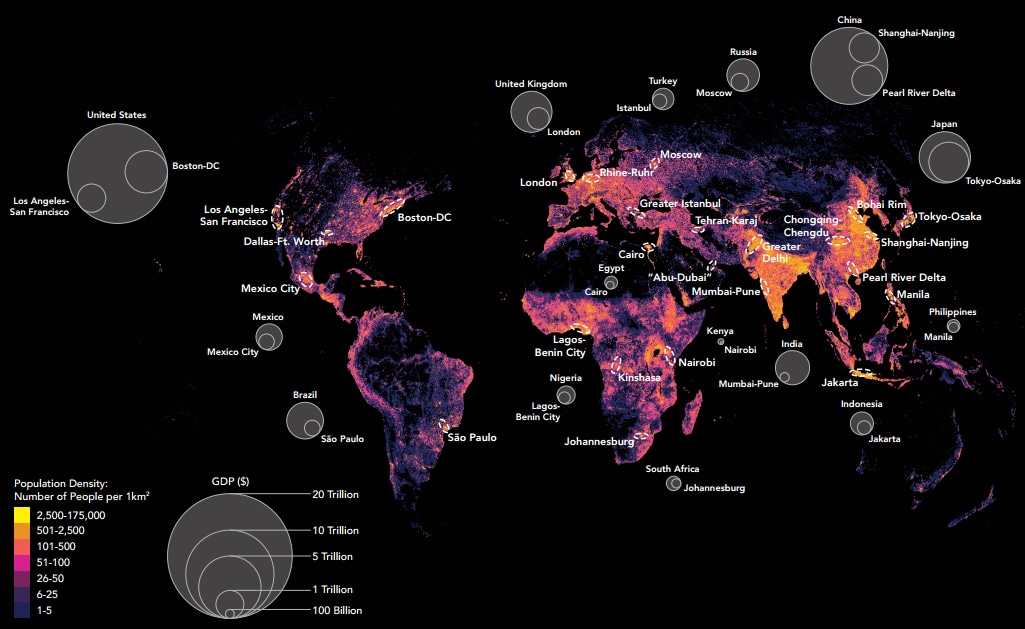http://www.caandesign.com/existing-rustic-studio-workshop-transformed-strong-modern-form/
Existing rustic studio + workshop is transformed in to a strong, modern form
Architects:
Modus Studio
Location: Fayetteville,
Arkansas,
USA
Year: 2016
Photo courtesy: Modus Studio
Description:
“The Manzeum is not intended as social commentary. It is a structure focused on play, art, and good times. The proverbial ‘napkin sketch’ becomes reality in this collaborative design, fabrication, and construction project where the artistic metalworks of the owner and modern designs of the architect merge seamlessly into an evolved Ozark aesthetic.
The Manzeum is part of a multi-phased project in an ongoing collaboration derived from the energetic and artistic minds of the owners and the editorial will of the architect. The current master plan plunges the Manzeum addition toward the developing landscape of the 20 acre site. The central roundabout is the primary orienting device for all the constructed elements on the site. The center is marked by a stacked concrete totem, foreshadowing of the intriguing and artistic follies to be discovered throughout the property.
The ‘working drawings’ are a collection of sketches and technical shop drawings (the second and third cousins to the napkins sketch) produced by the architect and owner alike. The meat of the design strategies and details were hashed out in real time on the site between owner, architect, and fabricators.
The existing rustic studio + workshop is transformed in to a strong, modern form that unites with the raw agricultural base of the original spaces. The strong and raw palette of concrete, steel, and cedar are extensively intertwined. The ‘big dumb wood box’ concept is the organizing element in a patchwork of naturally weathering and painted steel. A dual personality exposure between tectonic workshop space and entertainment space is created, crafted, embellished, and enjoyed. Old versus new is continually merged on the interior spaces while the new fire pit terrace provides steel containment as the overall structure is carved into the evolving landscape.”
Thank you for reading this article!




























